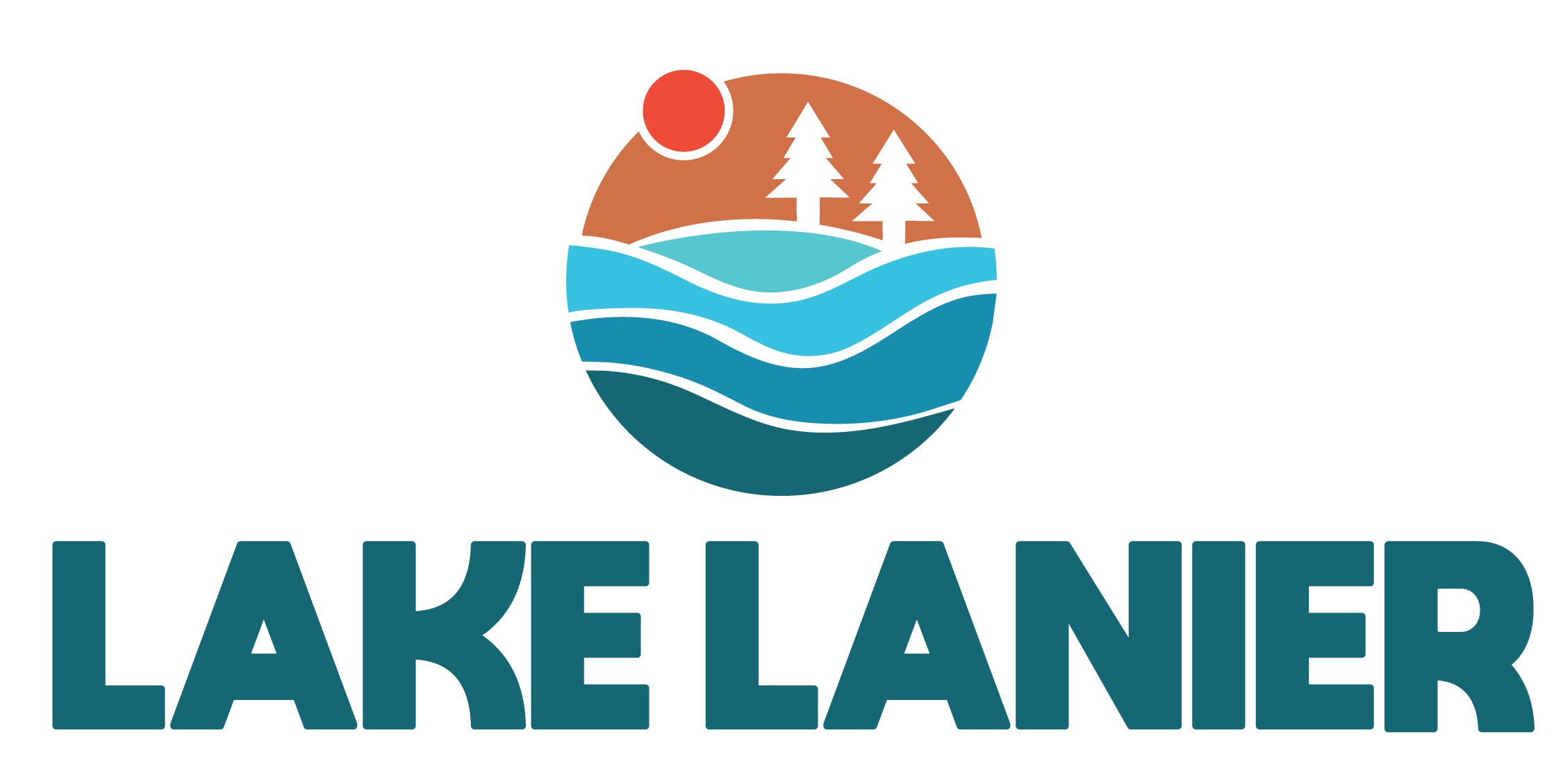
Because Lake Lanier is 8 feet under full pool, the U.S. Army Corps of Engineers has stopped issuing permits for new docks during the last three months.
That situation isn’t going to change until the lake rises at least another foot and a half.
“Before we can consider a permit, a ranger has to come out and inspect the property,” said Ryan Hartwig, chief ranger for the corps at Buford Dam.
“When the water is this low, it’s hard to estimate what conditions would be like at full pool, so it’s difficult for us to make a decision about the site.”
The corps still is processing more than 400 permit requests that developers or property owners submitted before the moratorium went into effect Aug. 28.
“But just because they got a positive field recommendation from a ranger doesn’t mean they automatically get a permit,” Hartwig said. “A number of these won’t reach fruition, because they won’t meet all the requirements for a dock.”
A land survey might reveal, for example, that the property is actually not within the “limited development” zone. Private docks are allowed only within this designation, which comprises 47 percent of the lake’s 752 miles of shoreline.
About 32 percent of the shoreline is in the “protected,” or greenspace, category, and 21 percent is zoned for “recreation,” or parks.
But having property zoned as limited development doesn’t guarantee dock eligibility.
“Rangers have to look at several factors, such as is there enough depth, and is there enough space between docks,” Hartwig said.
And then there’s the issue that looms larger as time passes: The number of docks is finite.
After completing an environmental impact statement in 2003, the corps concluded that Lake Lanier has a carrying capacity of 10,615 private docks.
“Remember, with every dock comes a boat,” Hartwig said. “Too many docks can lead to shoreline erosion, pollution problems and safety issues.”
Almost 10,000 of the permits are already taken, so the remaining slots are increasingly coveted.
“Once all the new permits are gone, the value of properties with docks is going to go up,” said Beverly Williams, a Gainesville Realtor who specializes in lakefront homes. “For most people who buy on the lake, a dock is an essential part of the package.”
Williams said the moratorium hasn’t had much effect on the real estate market.
“My business has not slowed up at all, even with the low water level,” she said. “I can still advertise that a property meets the requirements for a dock.”
Williams said Lanier seems to reach a drought-related low about every five years, and she warns people to expect that.
“Buyers are smart enough to know that the water is eventually going to come back up, and it’s good for them to see what the property looks like when the water is low,” she said.
But if the property is not eligible for a dock, the lake’s aesthetic appeal becomes more important.
“A property without a dock can be sold, but not as fast,” Williams said. “There are people who are not interested in having a boat but would enjoy just sitting out on their deck and being able to view the lake.
“That’s fine for people who are not buying a home as an investment. If they plan to sell, they need to know that a property without a dock will not appreciate as much.”
With new lakeside subdivisions, the corps has been encouraging developers to build community docks. Two boat slips on a community dock equal one individual dock, so a community dock with 20 slips would count as 10 permits.
“I think this policy is working,” Williams said. “It allows builders to make use of the land, while cutting back on the number of docks.”
She said some local developers and Realtors believe once the dock total hits the 10,615 limit, the corps will change its mind and allow for more permits.
But Hartwig said that isn’t likely to happen.
“The lake’s carrying capacity was determined after a very elaborate and expensive study,” he said.
“We realize that with the rising price of land, having a dock can make property very valuable. But we can’t take that into consideration. Our priority is the health of the lake.”
Source: GainesvilleTimes.com
